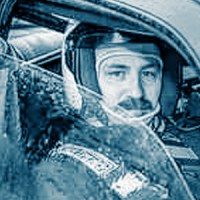While steam power was actually adopted as a fuel source for some early automobiles, gasoline of course became the standard, and has remained so for over a century. Now, however, electric vehicles are making inroads, and one of the challenges the new tech must meet involves charging. Tesla knows that the availability of convenient, fast charging is critical to bringing electric vehicles into the mainstream. In a blog entry on its website, Tesla has introduced the V3 Supercharger. This is a first step in taking on the Electrify America chargers owned by Volkswagen, which offer faster charging times at present.
What this means in practical terms is you can charge for a mere five minutes and give yourself a range of approximately 75 miles. On average, Tesla expects Supercharging to drop charging times by 50 percent. When you consider your typical road trip fuel stop with restroom visits, store browsing and checking out with snacks and drinks, supercharging a Tesla may come close to rivaling fossil-fuel fill-up times.
Tesla currently has a network of 12,000 Superchargers across North America, Europe, and Asia, and that number is growing daily. What this means is right now 99% of the United States is covered by the network. Europe should be at that number by the end of this year while China is now at 90% coverage. Supercharger-equipped stations are breaking ground in great numbers; the first was in the San Francisco Bay area back in March.
In the blog Tesla states, “Supercharger stations with V3’s new power electronics are designed to enable any owner to charge at the full power their battery can take – no more splitting power with a vehicle in the stall next to you. With these significant technical improvements, we anticipate the typical charging time at a V3 Supercharger will drop to around 15 minutes.”
We can add to this advance another new feature from Tesla designed to help decrease charging times: On-Route Battery Warmup. Now, whenever you navigate to a Supercharger station, your vehicle will intelligently heat the battery to ensure you arrive at the optimal temperature to charge, reducing average charge times for owners by 25%.
Tesla plans to increase charging rates via a software update in Model S and X vehicles. Supercharging will roll out to the wider fleet in an over-the-air firmware update to all owners that has already started.



